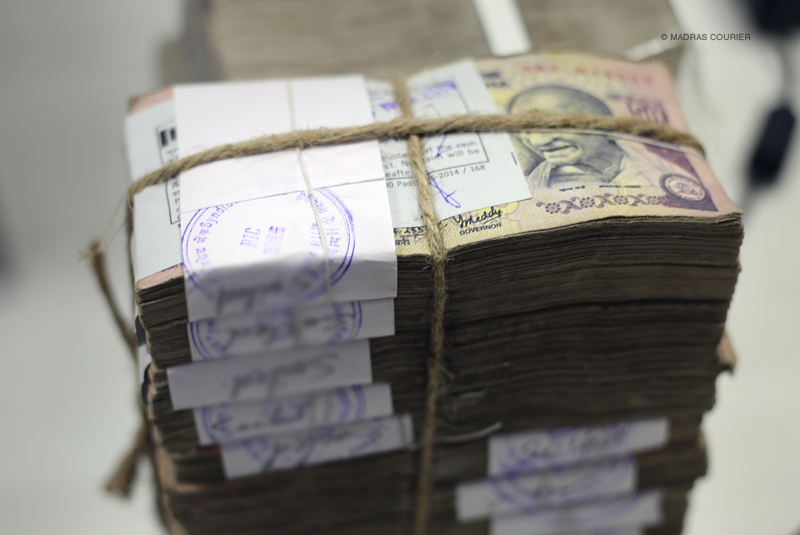In a televised address to the nation on November 8, 2016, Prime Minister Narendra Modi nullified the 500 and 1000 rupee notes as legal tender. A perplexed nation was given just a four-hour window before the note ban would take effect at midnight.
During the “shock and awe” declaration, the Prime Minister also mentioned that demonetised notes would be replaced by new 500 series and 2000-rupee notes, while the 1000-rupee denomination would remain permanently withdrawn. The government provided a 50-daytime-period to deposit (not transact) old 500 and 1000 rupee notes in banks to provide amnesty to black money hoarders and individual households to declare their cash assets to make it legal and accountable.
Three economic objectives were cited as the rationale behind the hastily executed demonetisation. First: to flush out black money hoarded as undeclared/tax-evaded currency; second: to extinguish counterfeit notes; third: to destroy terror funding through the underground counterfeit markets. The third objective was later modified to accommodate a cashless economy’s march towards digitisation. In one fell swoop, contravening logic and sound judgment, 86 per cent of the currency in circulation was wiped out from the Indian economy.
India, then the seventh largest economy in the world, was cruising at 8 per cent GDP growth in the years leading up to demonetisation. The consumption shocks triggered by the ill-conceived demonetisation resulted in a slump to 6.1 per cent GDP growth in the fourth quarter of the fiscal year ending March, 2017. This was a full 1 per cent reduction from the previous year’s fourth-quarter fiscal performance, which stood at 7.1 per cent.
-30-
Copyright©Madras Courier, All Rights Reserved. You may share using our article tools. Please don't cut articles from madrascourier.com and redistribute by email, post to the web, mobile phone or social media.Please send in your feed back and comments to [email protected]











